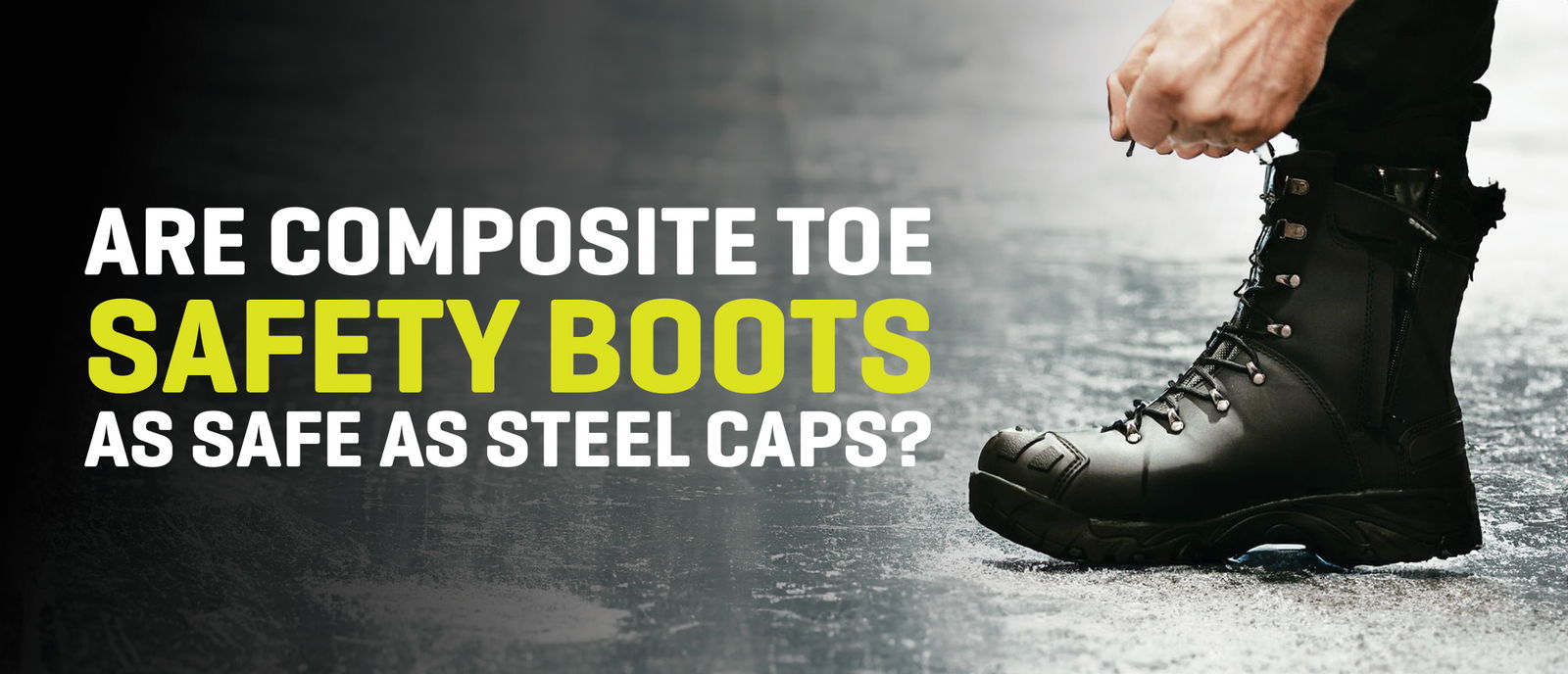
The Badger Australia customer service team is often asked whether composite toe safety boots and safety shoes are as safe as steel toe. Without knowing how composite toes are made, it’s hard to believe how they could be as strong as steel! Steel caps have been used since the 1930s…why should I change now?
The truth is, non-metallic toe caps are becoming increasingly popular because of their handy features, and yes, most of them do offer the same protection as steel! This article will go over a couple of things you need to look out for in purchasing composite toe boots.
How do I know if my composite toe boots are certified?
It’s important the composite boots you buy are certified, as ‘dodgy’ styles or models may not be as safe as steel caps. For composite or steel safety boots to be compliant (and safe), they must pass the latest Australian and New Zealand standard for safety boots, which is currently AS/NZS 2210.2:2009. While it isn’t relevant in Australia, the equivalent European standard is EN ISO 20345 and the American one is ASTM F2413.
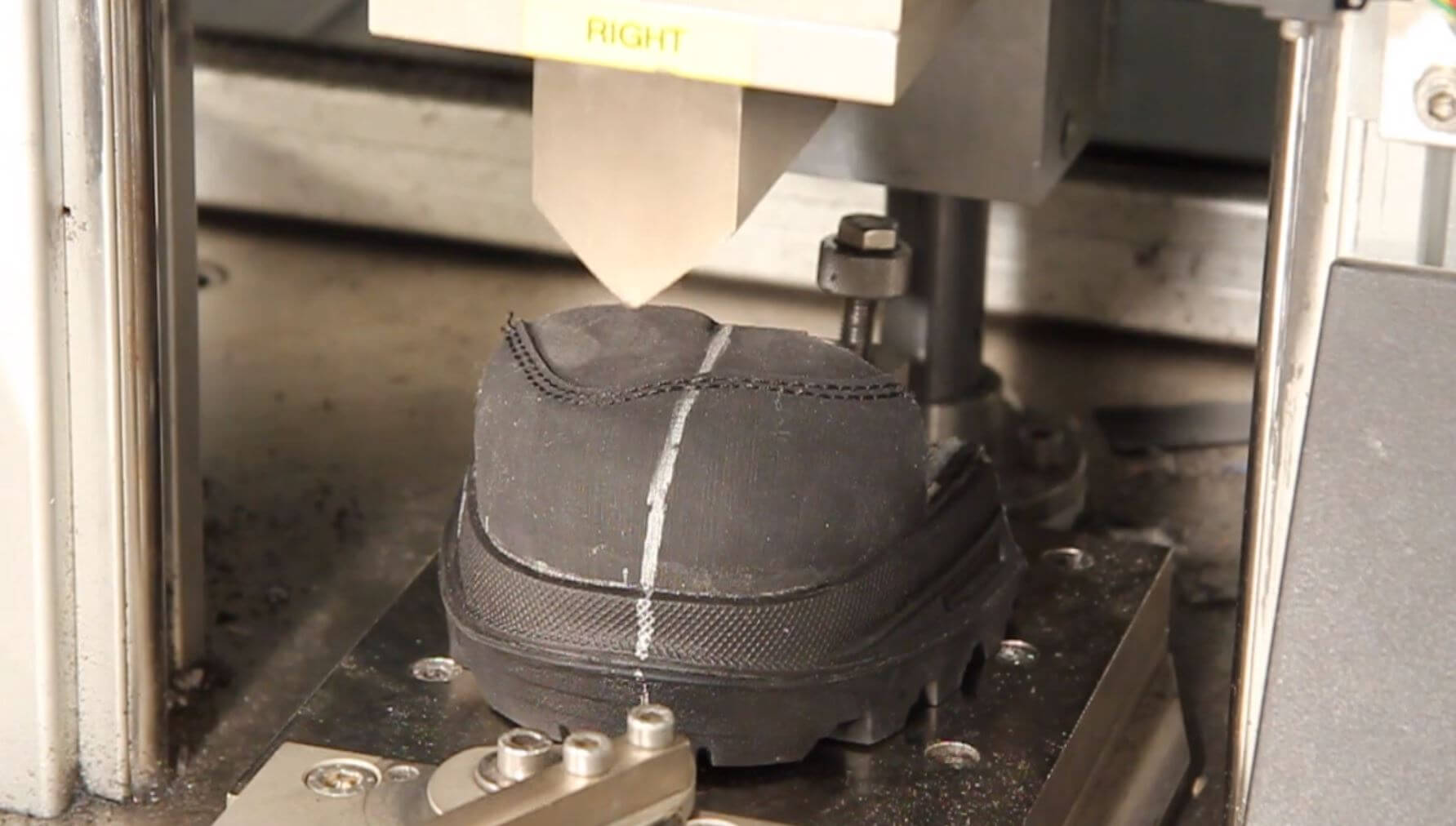
You can normally check to see if your boots are certified by looking at the information tag on the tongue of the boot.
This standard has three main tests to it, which ensure the boot stands up to the hazards you may face in the workplace:
- The compression test measures the toe cap being compressed by a plate above it, which presses the equivalent of 15kN / 1.5ton. After the test is complete, the clearance between the toes and the toe cap must be over 12.5mm / 15mm (depending on the shoe size). This ensures the safety toe cap doesn’t cave in on your toes when they are underneath something heavy.
- The bonding test involves measuring the force that is needed to separate different layers in the boots construction, such as the midsole and outsole.
- The impact test must be passed as well and involves a 20kg striker impacting the toe cap at a force of 200 joules. Once again, for the boots to be certified there must be a gap of 12.5mm / 15mm (depending on shoe size) between the cap and your toes after the test.
 How much downward force can they take?
How much downward force can they take?
As we’ve already covered, to pass the Australian standards composite safety toe caps must withstand 15kN compression or a 200J impact. In a real-life scenario, this means they will withstand a light – medium weight vehicle (i.e. forklift) driving over them, or a heavy hammer dropped onto them from bench height.
Composite toe caps are designed to ‘flex’ under an impact, spreading the load to the side walls. The cap is designed to regain 80% of it’s height after a heavy impact, so after one it is best practice to replace your boots.
What are they made out of?
There are two main types of composite toe caps used in safety boots.
1. Thermo-plastic toe caps
These are made from a polycarbonate (PC/PBT), a material often used in vehicle bumpers because of its high impact strength. The PC/PBT is then injected into a mould in the toe cap’s shape.
2. Composite toe caps
The most common method of manufacturing non-steel safety caps is by impregnating sheets of fibreglass with resin. The materials are layered and then pressed to reduce the thickness, before being formed into the shape.

What are the benefits of composite toe footwear?
The 3 key benefits of composite toe safety boots and shoes are:
- They don’t conduct temperature like steel does, making them the best option for work in hot or cold temperatures. This is why freezer boots use composite toe safety caps.
- They’re up to 30% lighter than steel, due to the materials used.
- They don’t set off metal detectors in airports, making them the best option if you travel and require safety toe shoes.
What are the drawbacks of composite toe footwear?
Sometimes composite toe boots can be slightly more expensive than steel, as the manufacturing process is more involved. The only other drawback is that whilst composite toe caps can certainly pass the impact and pressure tests to meet AU/NZ standards, the materials used mean they still can’t take the same level of impact as steel. This means they are perfectly safe enough for most job roles, but in certain high-risk environments, steel may still be the better option.
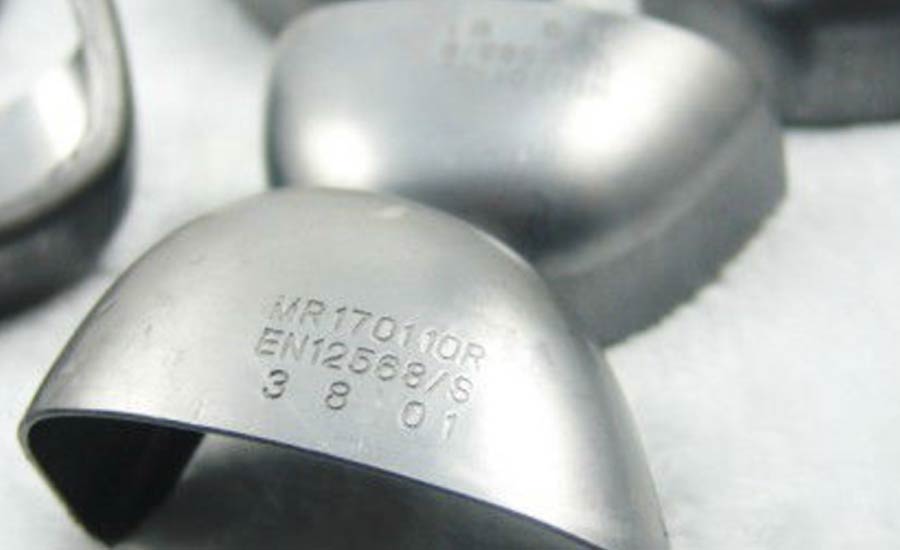
So, are composite toe safety boots as safe as steel toe?
In most cases – yes.
They are required to meet the same impact and pressure tests and standards, meaning if you choose reputable safety composite footwear, your feet will be just as safe, plus you can enjoy the benefits of comp toes.
That said, there are no composite materials quite as strong as steel…yet.
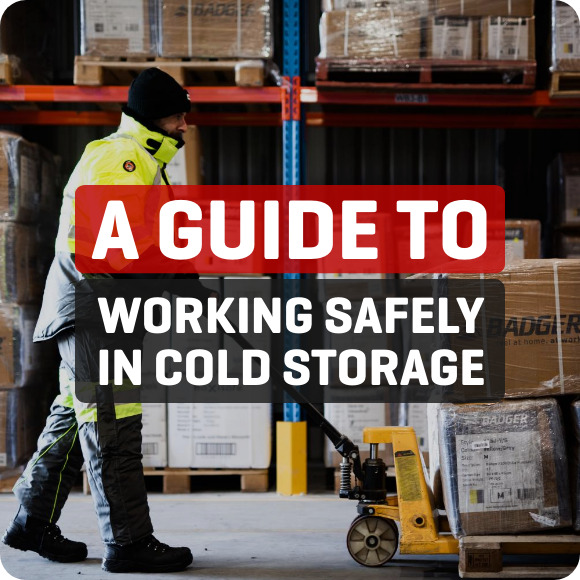
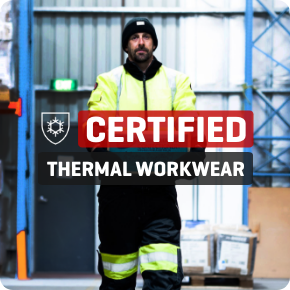
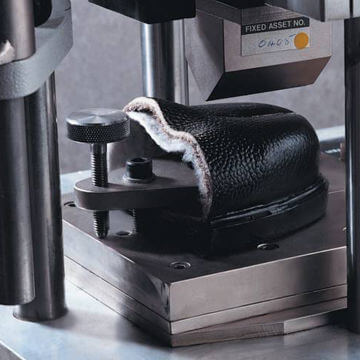 How much downward force can they take?
How much downward force can they take?